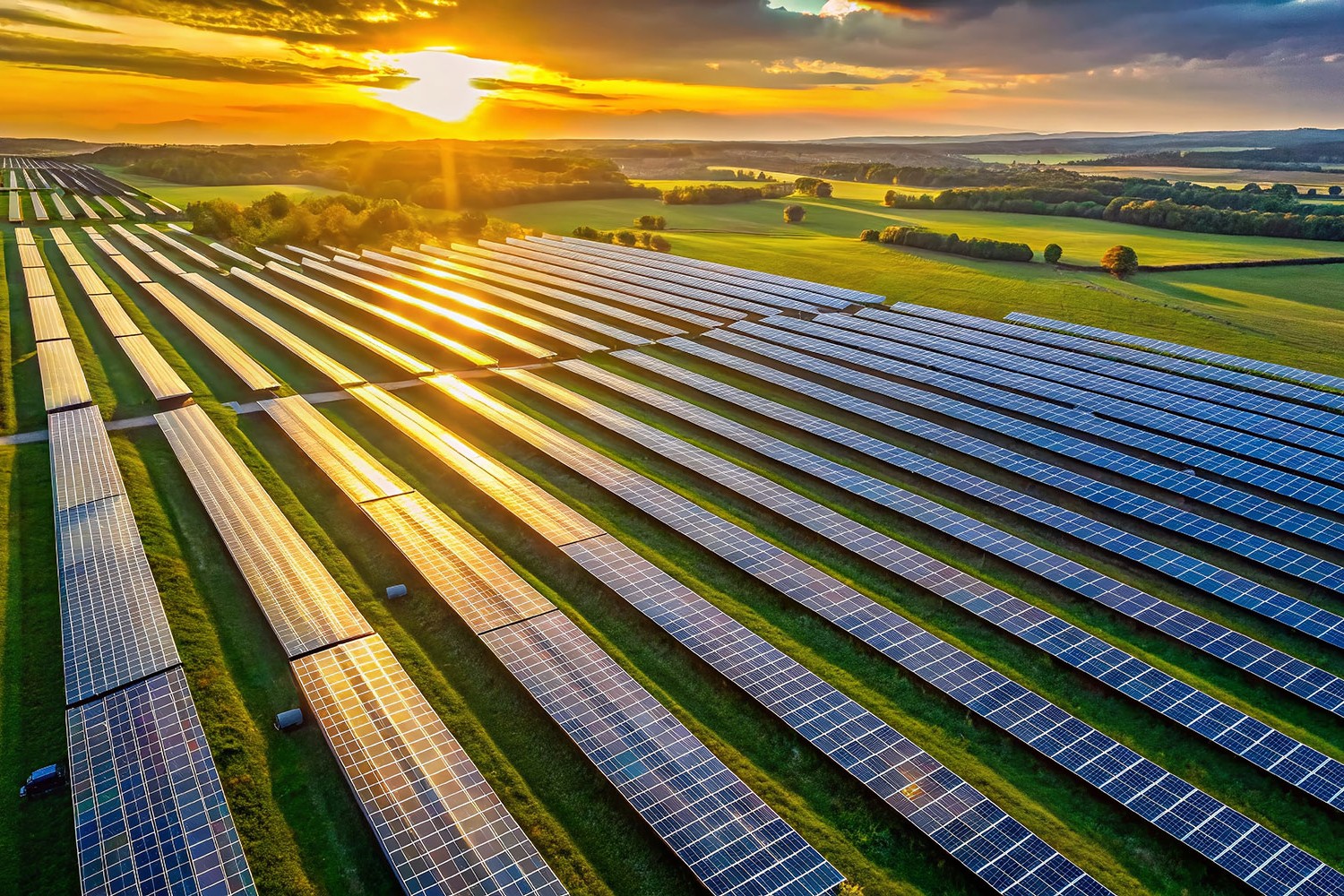Sandia National Laboratories (SNL) has recently finished a five-year solar module degradation study. SNL purchased over 834 modules representing 13 different technologies from 7 manufacturers. They placed them in the three different locations of the field, each representing a different range of climate. The test has also examined the initial power stabilization and degradation rates.
SNL is one of three National Nuclear Security Administration research and development laboratories. Its primary goal is to develop, engineer and test non-nuclear parts of nuclear components and other high technology.
The results
The research showed that 56 percent of the studied systems could produce above 80 percent of electricity at its beginning-of-life stage after 30 years of usage, while 26 percent proved to exceed their warranty limits due to their lower degradation rates.
The SNL has also revealed that lower costs of the solar modules can increase the degradation rate due to cheaper design and materials used in the future. However, the sharp decrease in solar module costs has made solar energy the central part of today’s energy industry.
Nameplate power rating differences ranged from 3.6 percent to 4 percent with initial power stabilization varying from 3.3 percent to +0.6 percent. Flash-over-flash measurements’ performance varied depending on the seasons. Moreover, the module power loss for higher efficiency technologies was driven by Voc degradation. The research also showed that bill of materials also has a significant role in performance even though modules come from the same vendor.

The degradation also depends on various time and seasonal variation in some module types. However, the degradation rates displayed in the research are not that different from the ones measured in the past for more expensive PV modules. Module degradation rates haven’t been affected by the price drops for the samples investigated in this study. This is a very promising result.
Conclusion
Such outcomes prove the longevity of solar energy plants and illustrate the fact that they can serve as a reliable source of energy in a long term perspective. The major challenge remains of balancing the dropping prices with quality and ensuring the most sustainable option for future solar fields.
You might also be interested in:
March 26, 2025
PVcase Yield product guide: revolutionize solar energy modeling with advanced technology
Download PVcase Yield product guide and discover how PVcase Yield is transforming solar energy modeling with its advanced digital twin technology and physics-based simulations.…
March 25, 2025
The impact of Zoning Data on strategic site selection
Zoning Data encompasses the information used by local governments to classify land use. Learn how this new addition to PVcase Prospect enables solar developers to choose a project…
March 24, 2025
PVcase’s spring product updates: what’s new
PVcase and HeatSpring offer a new training bundle on utility-scale solar engineering for solar designers and engineers.
March 5, 2025
Why fiber data is non-negotiable for data center site selection
Discover why integrating fiber data into your data center site selection process is crucial for reducing costs, accelerating deployment, and improving network resilience.
February 20, 2025
PVcase Ground Mount wins G2 2025 Best CAD & PLM Software award
PVcase and HeatSpring offer a new training bundle on utility-scale solar engineering for solar designers and engineers.
February 18, 2025
PVcase partners with HeatSpring for advanced utility-scale solar training
PVcase and HeatSpring offer a new training bundle on utility-scale solar engineering for solar designers and engineers.
February 3, 2025
Solving ground mount solar design challenges. A guide by engineers, for engineers
Download our e-book for expert insights and actionable solutions to the common pain points you encounter in your day-to-day work, and start taking back your development time.
January 15, 2025
Award-worthy solar software: PVcase’s impact in 2024
Explore how PVcase's award-winning product suite is combating climate change through innovative software and what achievements were recognized the most.
January 14, 2025
Top 10 questions asked during the PVcase Digital SmartUp’24 — answered
Customers ask, we answer — read the article to find answers to the top 10 most asked questions at the exclusive PVcase Digital SmartUp'24 event.
January 10, 2025
Developing solar projects on challenging land
Solar developers face fierce competition, congested grids, and a shrinking pool of ideal sites. What's the solution? Read and and learn how to develop on challenging land instead.
December 12, 2024
Why Locational Marginal Pricing (LMP) data is essential for solar development?
Locational Marginal Pricing (LMP) data helps solar developers forecast profitability, minimize financial risk, and optimize site selection. Let’s break down what LMP data is, its…
December 11, 2024
PVcase product updates — November highlights
With PVcase November updates, you can achieve faster, more accurate results today — no need to make them your New Year’s resolutions. Dive into the major updates from the PVcase…
December 9, 2024
The importance of quality GIS data for solar site selection
Discover the impact of high-quality GIS data on solar site selection. Learn how parcel data, grid capacity, and LMP data optimize solar project development, reduce risks, and…
December 2, 2024
Consequences of extreme weather events: can we still afford it?
Floods, hurricanes, wildfires — whether we want them or not, extreme weather events have become the new normal. This year alone, there have been 24 billion-dollar weather…
November 14, 2024
Fail fast, succeed faster: the developer’s guide to streamlining solar projects with early-stage development software
Discover how solar developers thrive by adopting the 'fail fast, succeed faster' approach. Explore the role of early-stage development software, such as PVcase Prospect, in…















